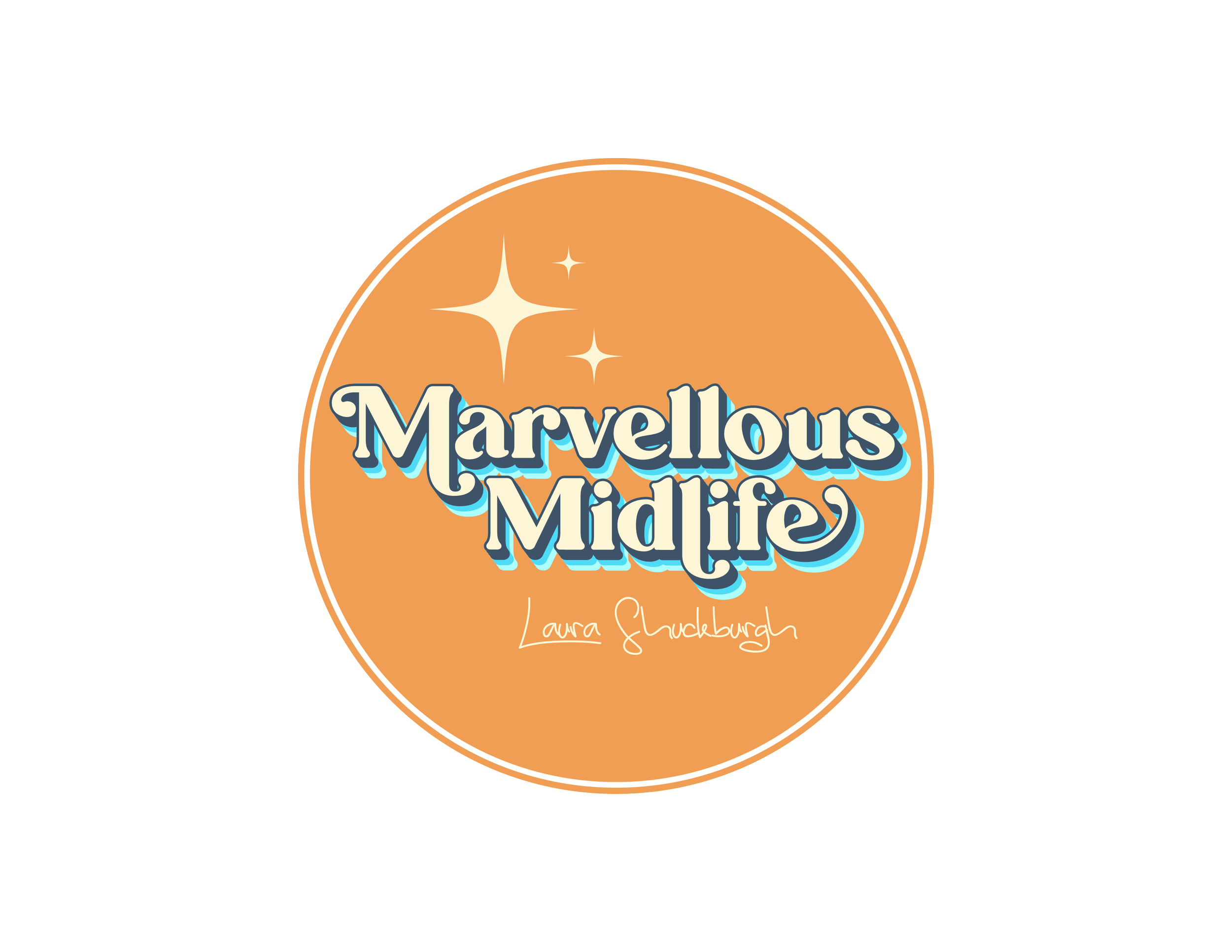Fitness and Friendship – Starting An Exercise Group In Your 50s
Entering our 50s can be a time of transformation, and for many women, that
transformation includes a renewed focus on health and wellness. In a previous article,
we’ve discussed the many benefits of incorporating exercise from peri- through to post-
menopause. These benefits include keeping bones healthy, preventing cardiovascular
disease, future-proofing your health, reducing stress, helping with mood swings,
reducing anxiety, and improving self-confidence.
You may have already had experience with your parents moving into nursing homes or becoming infirm as they age and have decided that you don't want this to be your future - not yet, anyway. Keeping yourself healthy and happy takes time and ensuring that you are socialising with others can help. A new group
More than that, research highlights that the loneliness associated with ageing can
be countered by an active lifestyle. One way to increase the benefits of having an active
lifestyle is by starting an exercise group. This accomplishes two things: first, you’re
able to socialise and bond with other women who are in the same phase in life;
second, studies show that working out in a group setting helps you stay motivated on
your fitness journey. As such, starting an exercise group can be the key to enhancing
your overall well-being.
Today, we’ll be giving you some tips on how you can harness these benefits by
starting your own fitness group.
Tips on how to start or join a fitness group
1: The preparation phase
Once you have decided to be more physically active by starting an exercise group,
there are a few questions worth considering. What type of exercise group do you want
to start? Some popular exercise options for older women are walking, swimming,
yoga, and Zumba. How often do you want the group to meet? The NHS recommends
doing at least 150 minutes of moderate-intensity activity a week or 75 minutes of vigorous-
intensity activity a week, plus resting is also an essential part of working out regularly.
Safety should also be prioritised as over-exercising or improperly doing so can lead to
injuries. If you can, we recommend consulting a physical therapist or fitness instructor
to help guide you in creating an appropriate exercise plan for your group.
2: Finding a group
There are a few ways to look for people to join your group. Begin by asking your
immediate circle of family and friends who may be interested in group-based
workouts. You can even approach your local community centres and ask if they can
assist you in starting or supporting an exercise group. If these don’t work out, try
looking for a group online by Googling “weight loss groups near me” to see if there are
any existing workshops in your area. As we briefly mentioned above, the social aspect
of being in a fitness group is just as important as the physical aspect. So, opt for a
workshop that plugs you into a community of like-minded individuals and offers
coaching support that can work around your schedule.
3: Get started!
Once you’ve laid out the groundwork by formulating a workout plan and gathering a
group, it’s time to take those crucial first steps. To ensure the success and
sustainability of your exercise group, prioritise consistency and accountability. Create
a group chat where you can check in on one another and give encouragement. You can
even take your group to the next level by meeting in person or virtually for nutritious
meals to complement your workouts. Don’t forget to celebrate achievements and uplift
one another through setbacks; the camaraderie you build will be one of your greatest
assets in staying committed to a healthier lifestyle. Simple things like letting others
know you finished a workout and hearing them acknowledge or validate that small
milestone can go a long way in sustaining your workout motivation as a group.
Finally, stay open to adapting your plan as you go, making room for growth,
flexibility, and a sense of shared ownership.
Through shared goals and supportive bonds, an exercise group can become more than
just a means to better health. With these tips, you and your group will not only thrive
but also become a source of strength, encouragement, and lasting friendships.

